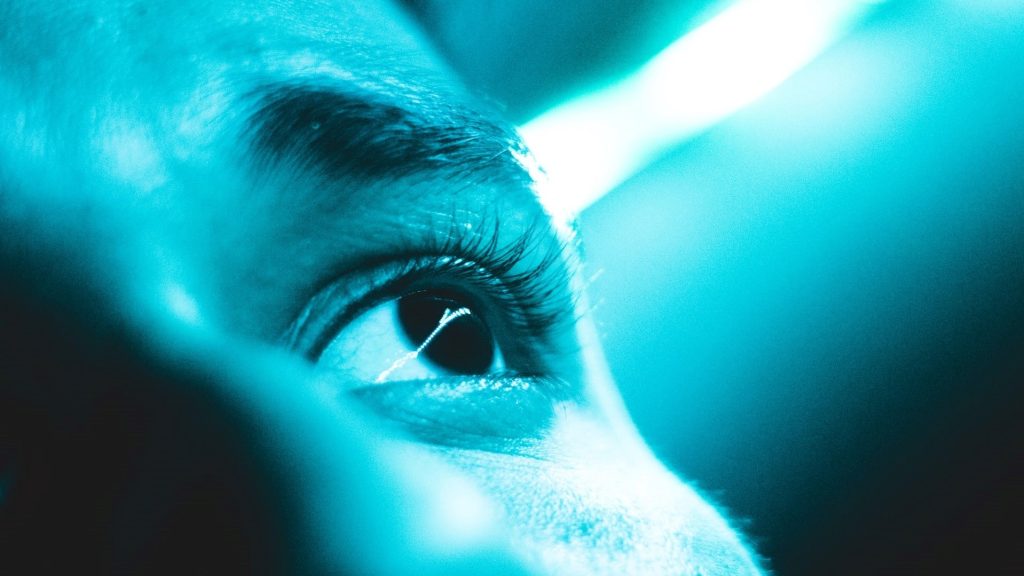The Colours of the Sunset Reset Circadian Clocks

Those mesmerising blue and orange hues in the sky at the start and end of a sunny day might have an essential role in setting humans’ internal clocks. In new research from the University of Washington in Seattle, a novel LED light that emits alternating wavelengths of orange and blue outpaced two other light devices in advancing melatonin levels in a small group of study participants.
Published in the Journal of Biological Rhythms, the finding appears to establish a new benchmark in humans’ ability to influence their circadian rhythms, and reflects an effective new approach to counteract seasonal affective disorder (SAD).
A raft of health and mood problems have been attributed to out-of-sync circadian rhythms. Such asynchrony is encouraged by seasonal changes, a lack of exposure to natural light, graveyard-shift jobs and flights across multiple time zones.
“Our internal clock tells us how our body’s supposed to act during different times of day, but the clock has to be set, and if our brain is not synced to the time of day, then it’s not going to work right,” said Jay Neitz, a coauthor on the paper and a professor of ophthalmology at the UW School of Medicine.
Circadian rhythms are trained and reset every day by the 24-hour solar cycles of light and dark, which stimulate circuits in the eyes that communicate to the brain. With that information, the brain produces melatonin, a hormone that helps organisms become sleepy in sync with the solar night.
People who spend many daily hours in artificial light often have circadian rhythms whose melatonin production lags that of people more exposed to natural light. Many commercial lighting products are designed to offset or counteract these lags.
Most of these products, Neitz said, emphasise blue wavelength because it is known to affect melanopsin, a photopigment in the eyes that communicates with the brain and is most sensitive to blue.
By contrast, “the light we developed does not involve the melanopsin photopigment,” Neitz explained. “It has alternating blue and orange wavelengths that stimulate a blue-yellow opponent circuit that operates through the cone photoreceptors in the retina. This circuit is much more sensitive than melanopsin, and it is what our brains use to reset our internal clocks.”
The paper’s lead author was James Kuchenbecker, a research assistant professor of ophthalmology at the UW School of Medicine. He sought to compare different artificial lights’ effects on the production of melatonin.
He and colleagues devised and conducted a test of three devices:
- a white light of 500 lux (a brightness appropriate for general office spaces)
- a short-wavelength blue LED designed to trigger melanopsin
- the newly developed LED of blue and orange wavelengths, which alternate 19 times a second to generate a soft white glow
The goal was to see what lighting approach was most effective at advancing the phase of melatonin production among six study participants. All participants underwent the following regimen with exposure to each of the three test lights:
The first evening, multiple saliva samples were taken to discern the baseline onset and peak of the participants’ melatonin production. For each subject, the onset of this phase dictated when they were exposed to the test light for two hours in the morning. That evening, saliva samples were again taken to see whether subjects’ melatonin phase had started earlier relative to their individual baselines.
During each test, exposure to other light sources was controlled. The three test spans were spaced such that subjects could return to their normal baseline phases before starting a new device.
In terms of shifting the melatonin-production phase, the alternating blue-orange LED device worked best, with a phase advance of 1 hour, 20 minutes. The blue light produced a phase advance of 40 minutes. The white, 500-lux light elicited an advance of just 2.8 minutes.
Gesturing toward the light that his team developed, Neitz explained.
“Even though our light looks like white to the naked eye, we think your brain recognizes the alternating blue and orange wavelengths as the colours in the sky. The circuit that produced the biggest shift in melatonin wants to see orange and blue.”
Source: UW Medicine


